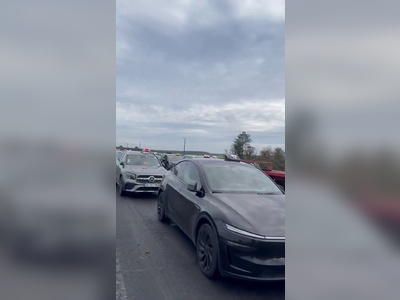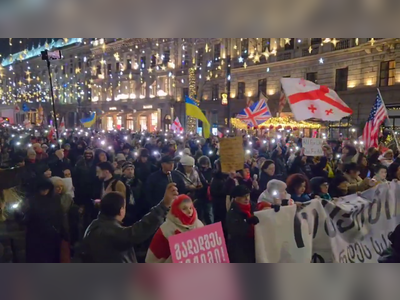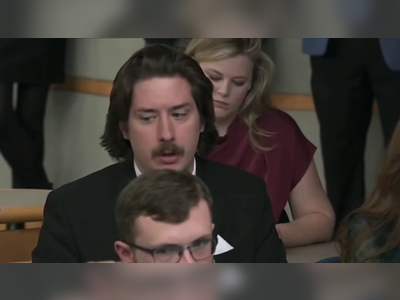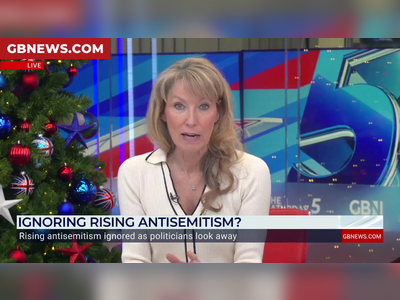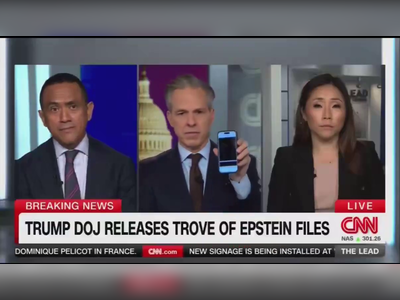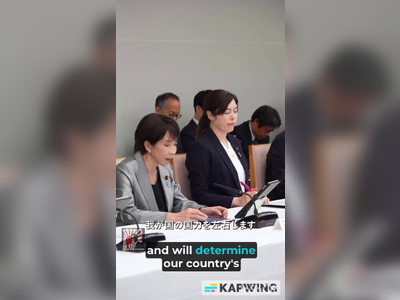Chinese tourists, travel bubbles: how Asia can refloat its battered travel industry
Entrepreneur Catherine Tok typically leaves Singapore for a holiday six to eight times each year, but she believes her days as an avid traveller are over. At least, that is, until a vaccine for Covid-19 is discovered and border restrictions, quarantine periods and flight disruptions – like the ones that scuppered her trip to Taiwan last month – become a thing of the past.
But a vaccine remains a distant hope. Many experts estimate it will be at least a year before a viable vaccine could be made widely available and some have warned one may never be found.
That’s a depressing thought for people like Tok, 31, who have seen one of their favourite pastimes disappear as if into thin air, but there is yet hope.
Increasingly, countries across the world are floating the idea of forming “travel bubbles”, in which reciprocal nations agree on guidelines that enable their populations to move freely across their borders, just like in those halcyon days before the outbreak of the novel coronavirus.
All of a sudden, “bubble” has become the buzzword for countries hoping to boost their coronavirus-battered economies by restarting their tourism industries.
South Korea and China opened one such bubble on May 1 for business travellers to go between Korea and 10 Chinese regions on a fast-track entry, provided they test negative for Covid-19 before departure and after arrival. Among the first travellers to use the scheme was Samsung Electronics vice-chairman Lee Jae-yong, who made a three-day visit to inspect Samsung Electronics’ chip plant in Xian, Shaanxi province. Korea is seeking to float further bubbles and is in discussions with Vietnam, Hungary, Poland and Kuwait.
Meanwhile, a bubble containing Estonia, Latvia and Lithuania opened on May 15, and others are planned linking Singapore to Canada, and Australia to the Pacific Islands.
Nanyang Technological University tourism expert Wong King Yin said: “All of them know that if they want to stimulate their economy, they need to reopen their borders. But the thing is, they are still not sure if there will be a second or third wave of virus so everyone is trying to do it step by step.”
Singapore, Australia, Canada, South Korea and New Zealand, for example, are working to open their borders to each other and will start with essential business trips before adding leisure travel at a later date. The countries are looking to standardise protocols so that there will be mutual assurance of health standards in terms of testing and contact tracing.
Still, while the countries are taking a cautious approach, the potential of leisure travel resuming has got the tourism industry bubbling with excitement.
That shouldn’t be surprising. After all, tourism has long been a huge driver of Asian economies. In 2018, tourism receipts accounted for 5.5 per cent of Singapore’s gross domestic product (GDP), 5.8 per cent of Malaysia’s, and more than 11 per cent of Vietnam’s and Thailand’s. In Cambodia, it was a whopping 17.8 per cent of GDP, while in regions heavily reliant on tourism – such as the Indonesian island of Bali – up to 70 per cent of the people depend on tourism.
That was the world before the coronavirus. The World Travel & Tourism Council projects there will be a staggering 63.4 million tourism job losses in Asia due to the pandemic. Singapore’s Changi Airport, the world’s 17th-busiest airport last year, has closed two of its four terminals as the number of flights dwindled. It has gone from handling 5.63 million passengers in March last year to just 100 arrival and 700 departure passengers a day.
CHINESE TOURISTS TO THE RESCUE
One key plank of the strategy to restart tourism in Asia will be Chinese tourists.
Last year, Chinese tourists accounted for a fifth of arrivals in Singapore and more than a quarter of arrivals in Thailand. In 2018, 27 million Chinese tourists visited Asean countries, up almost tenfold from 2003.
Luckily for the region, of the 1,252 Chinese surveyed by the Pacific Asia Travel Association in March, 60 per cent said they intended to travel this year if the pandemic was brought under control and 35 per cent said they would give priority to countries that had supported China during the outbreak.
The top five places on their destination wishlist are Japan, Thailand, Europe, the Maldives and Singapore – good news for Thailand in particular, as Chinese made up 27 per cent of its 39.8 million tourists last year.
Meanwhile, Cambodia’s tourism-facing businesses and destinations are preparing packages featuring health and safety measures such as social distancing on buses and in restaurants to appeal to Chinese travellers. Cambodia tourism minister Thong Khon said he was optimistic Chinese tourists would support the kingdom after the pandemic because Cambodian prime minister Hun Sen had visited Beijing in February during the virus outbreak.
Already, Cambodia has lifted a travel ban on people arriving from six countries, including the United States, as long as they meet some requirements.
Korea Tourism Organisation’s Beijing office has been running online marketing campaigns for Chinese tourists, including a quiz show. An official said: “China is one of our closest neighbours and I hope Chinese people acknowledge South Korea’s efforts to maintain exchanges of people between the two countries despite the pandemic, although priority is now given to preventing the spread of the virus.”
In Singapore, tour agency Dynasty Travel said China was still a top market for inbound tourists and it was looking at how to woo these visitors back.
Japan’s destination management firm Aviareps is advising clients to set a good price point for a first wave of travellers who will hopefully post about their experiences online and encourage others to visit.
Aviareps general manager Ashley Harvey said he would target “Japan’s most immediate and important markets” with a campaign specifically for health care workers and first responders from China.
“I think that China appreciates the support that Japan has extended during the crisis,” Harvey said. “In the very early stages, before we all knew quite how bad this was going to be, Japan provided Wuhan with face masks and made other positive gestures. I think that will go a long way to encourage tourists to return to Japan.”
In Indonesia, the city of Yogyakarta and the Riau islands province are hoping to reopen to tourists in October.
Australia’s reopening is more cautious. A travel bubble with New Zealand is among its first measures, but it is also hoping to remain in the consciousness of travellers farther afield. Recently, it ran live virtual travel experiences with iconic Australian personalities, such as a morning workout with actor Chris Hemsworth.
CHANGING MINDSETS
Still, even with a vaccine and the pandemic over, travel might not return to how it was before 2020. Deutsche Bank analyst Siobhan Lynch said history showed it took two to three years for passenger numbers to return to pre-crisis levels. Even then, some business travellers could choose to meet virtually instead, while leisure travellers might look for more flexible booking options such as flights that allow cancellations or changes, or book holidays with a shorter lead time.
Experts are also expecting a shift to domestic travel. The Pacific Asia Travel Association survey of Chinese travellers found that 56 per cent would prefer domestic locations. This is already prevalent in Vietnam, where airlines say domestic flights are fast reaching capacity and the authorities debuted a tourism-promotion campaign, “Vietnamese People Travel in Vietnam”, with hotels and resorts offering discounts to local travellers.
Even for small markets like Singapore, Dynasty Travel is looking at growing new market segments such as local tours.
Other trends tourism experts expect include a fall in the popularity of long-haul flights and a shift in preferences for travel destinations.
“People would prefer to go to destinations that are less crowded. Cities may not be that attractive, they may look at wellness travel – yoga or meditation holidays – adventures or retreats,” said Wong.
In a market survey of its customers, Dynasty Travel found that people were now more keen on self-driving holidays in destinations such as Taiwan, Australia and New Zealand, or beach resorts in Indonesia and Thailand.
Its marketing director, Alicia Seah, said: “Once borders are opened, people may travel less than seven hours for holidays. Travellers will opt for more open spaces, nature resorts, stay in the suburbs instead of in the city, and engage in more outdoor activities.”
Ngee Ann Polytechnic’s senior lecturer in tourism Michael Chiam said it was early days, but he expected a focus on “quality tourism and not quantity tourists”, so as to avoid another epidemic or pandemic. “Some say that niche tourism will grow as it appeals to small groups of tourists rather than the masses,” he said.
“The industry will never be the same again. We must do things differently, given the new normal, and find new areas that we can thrive in.”






